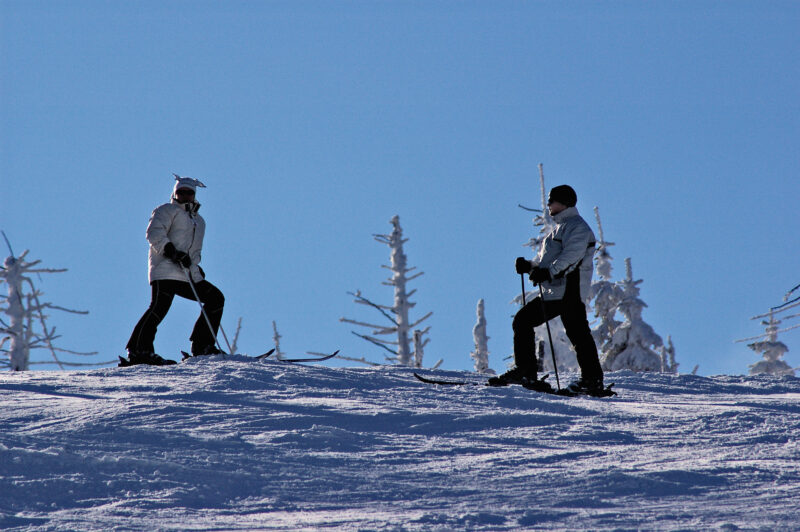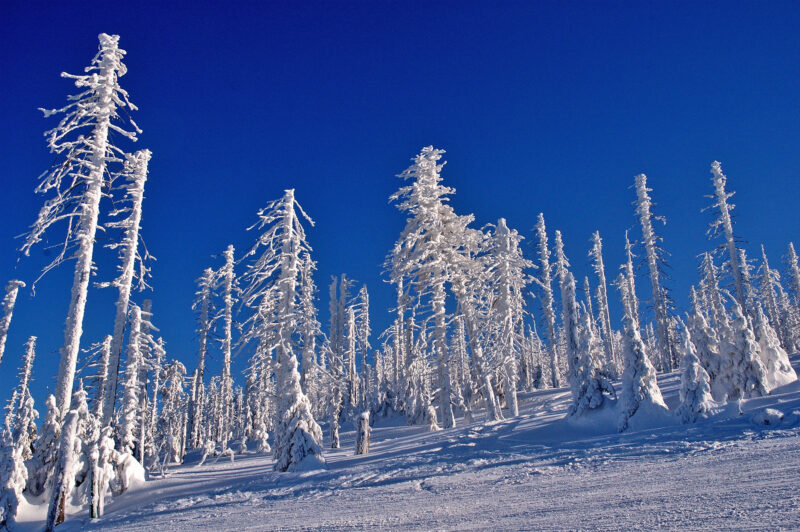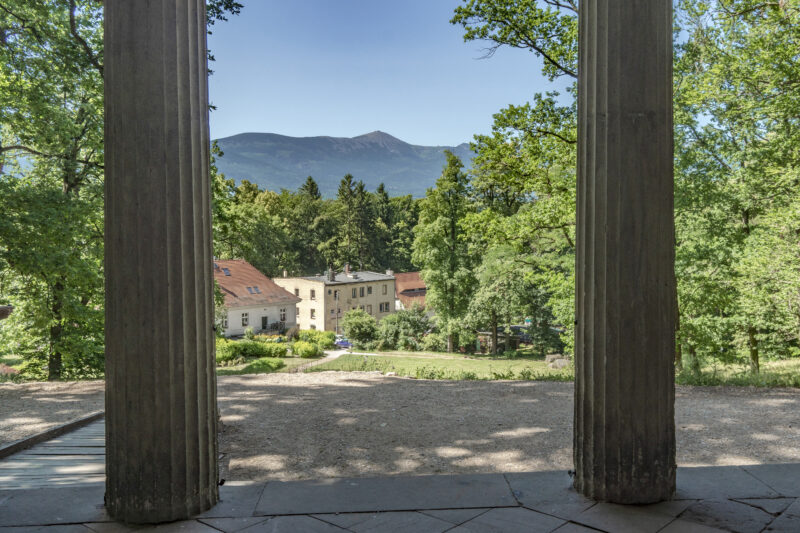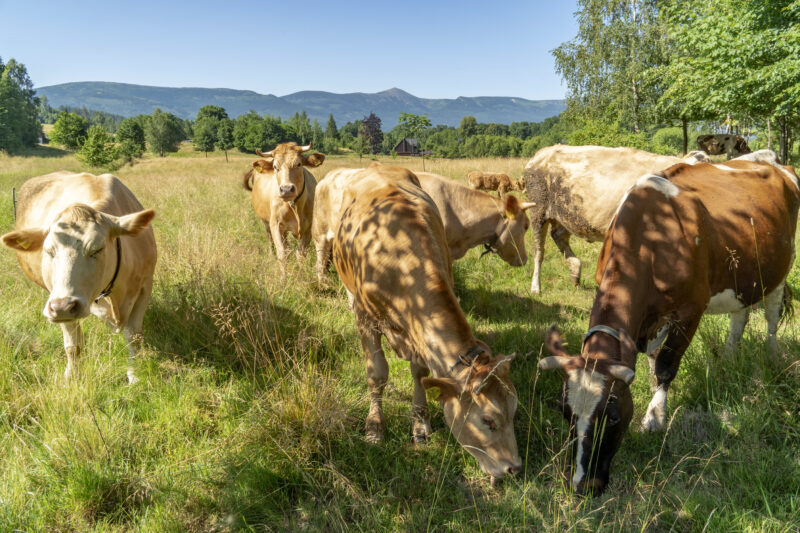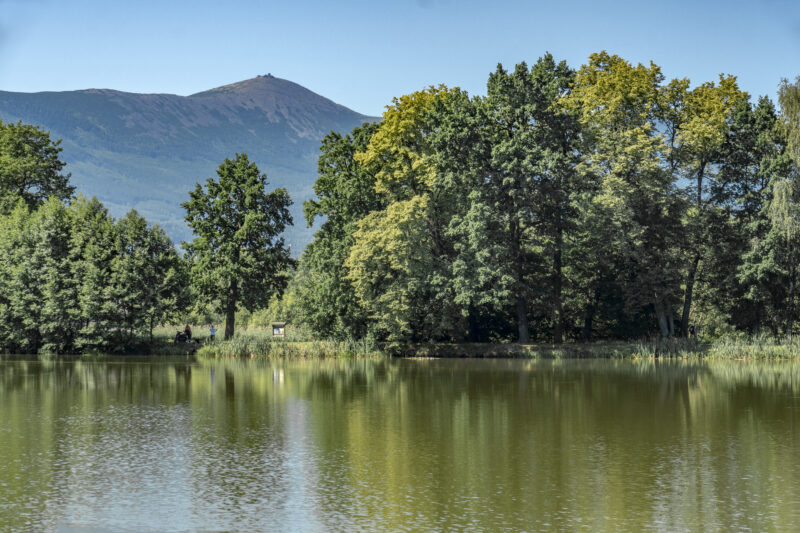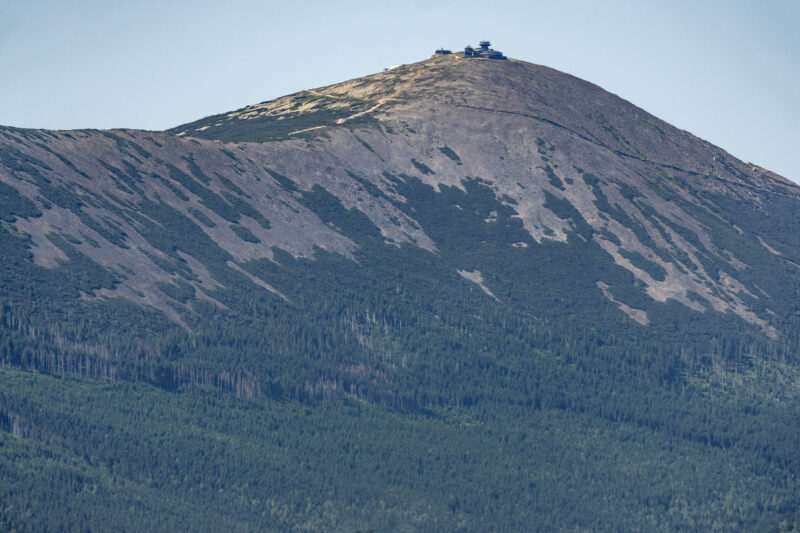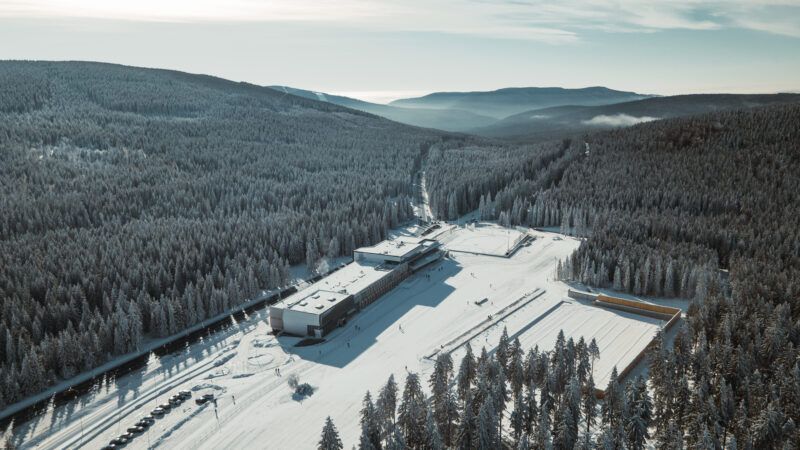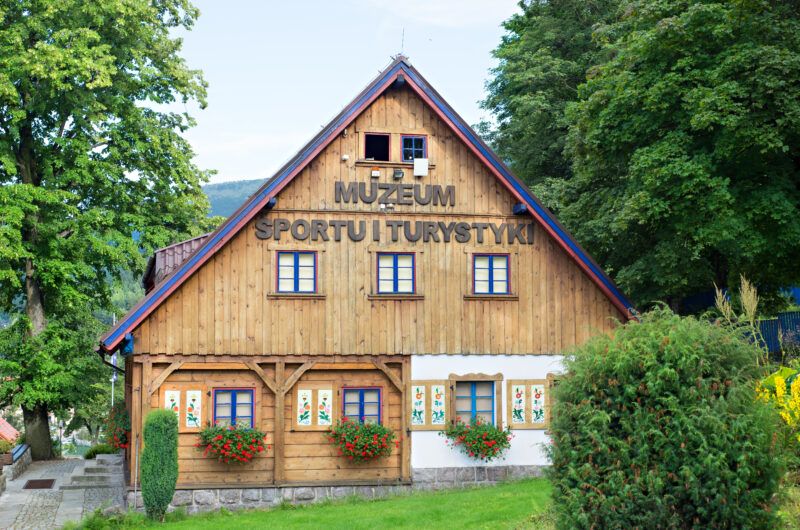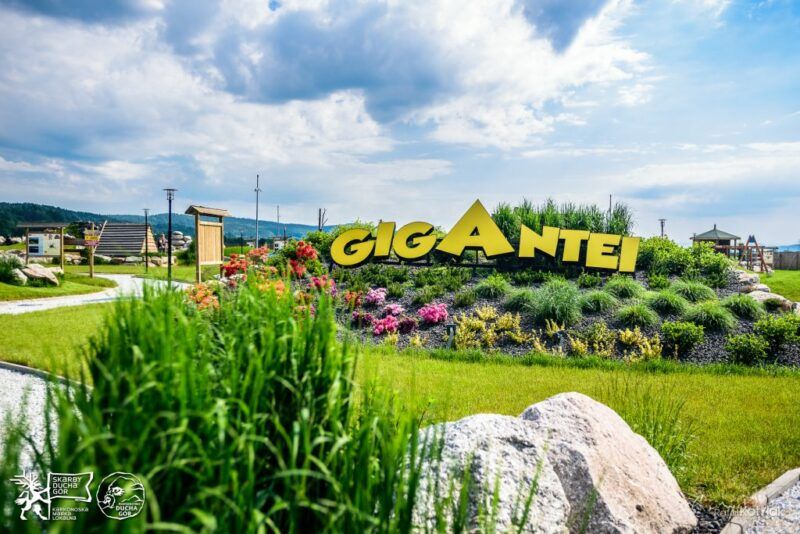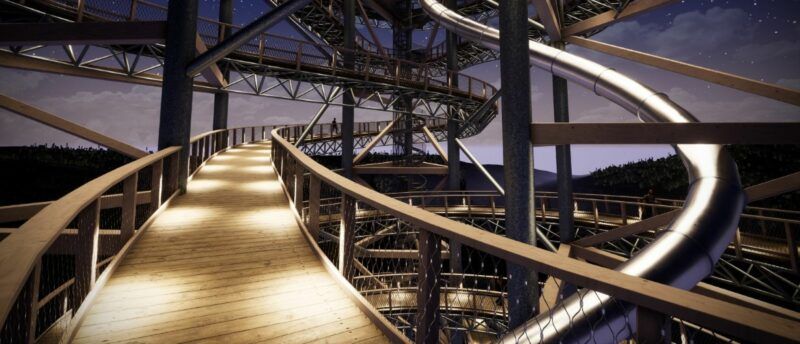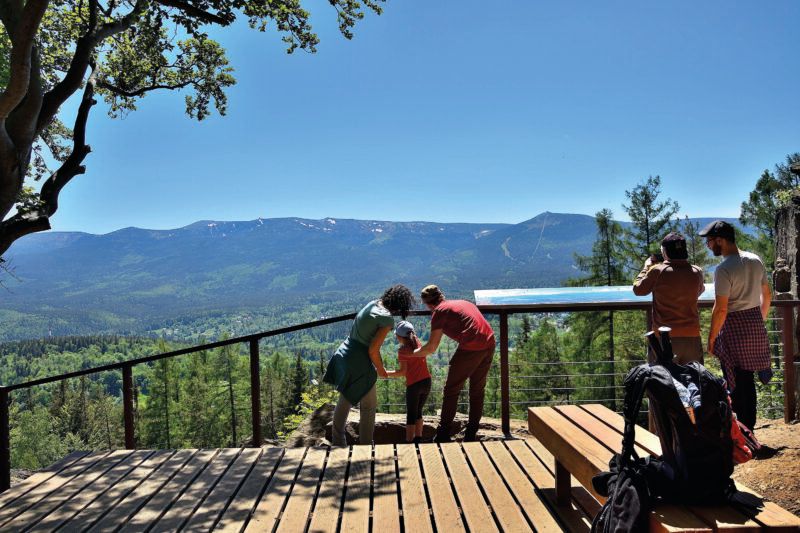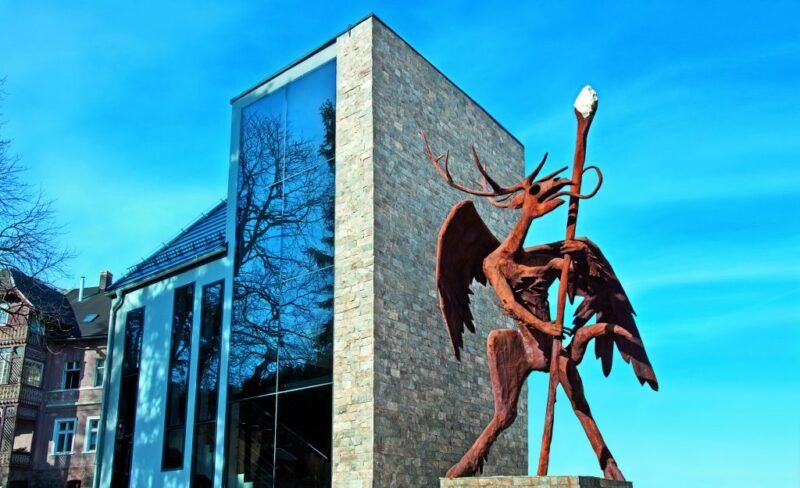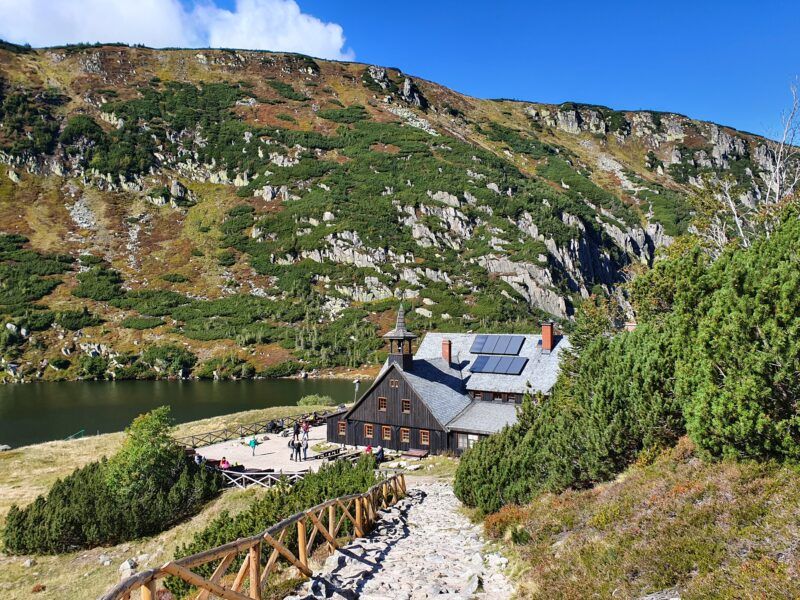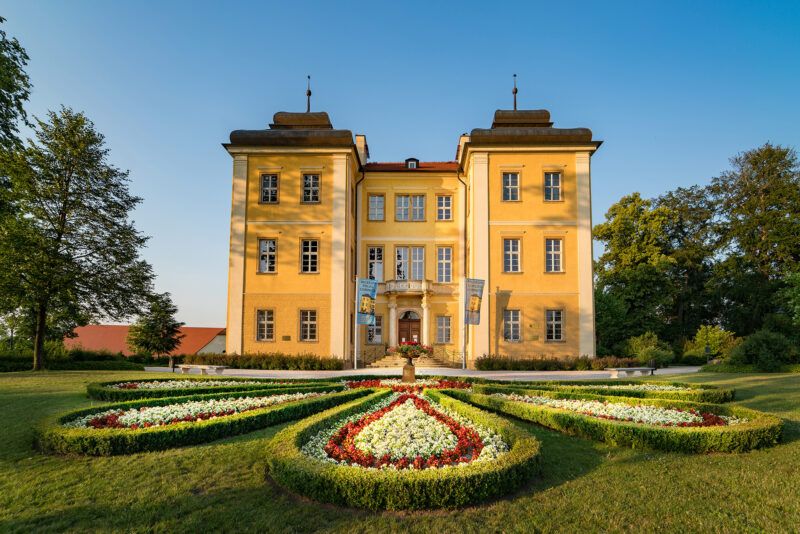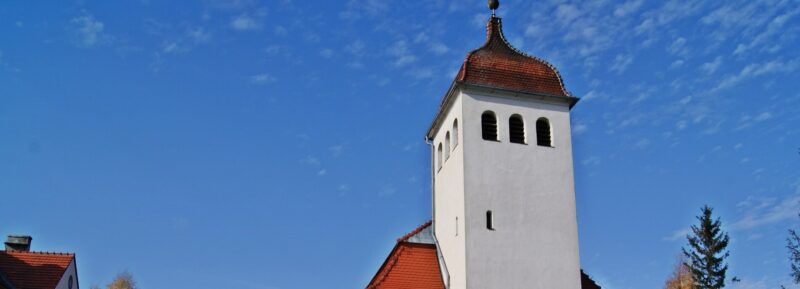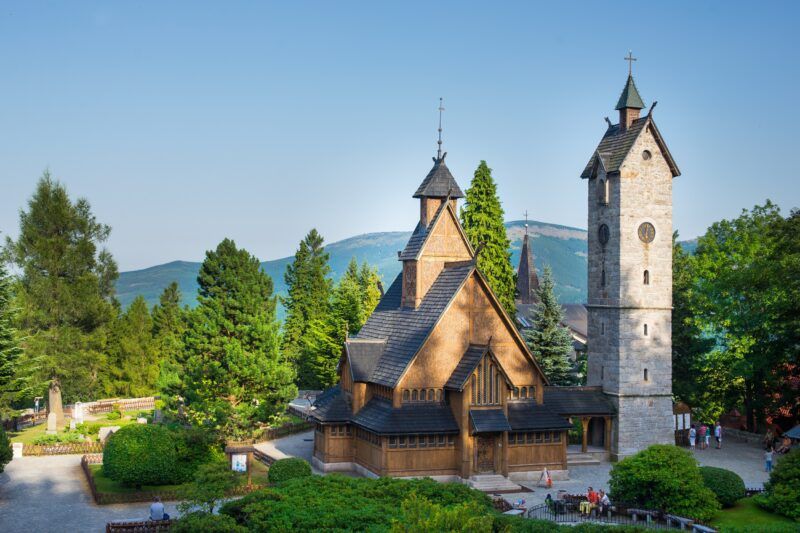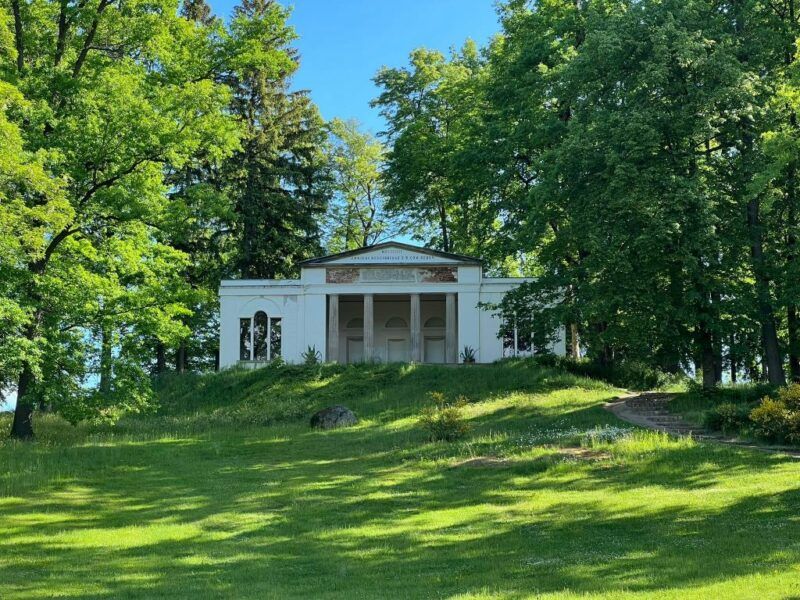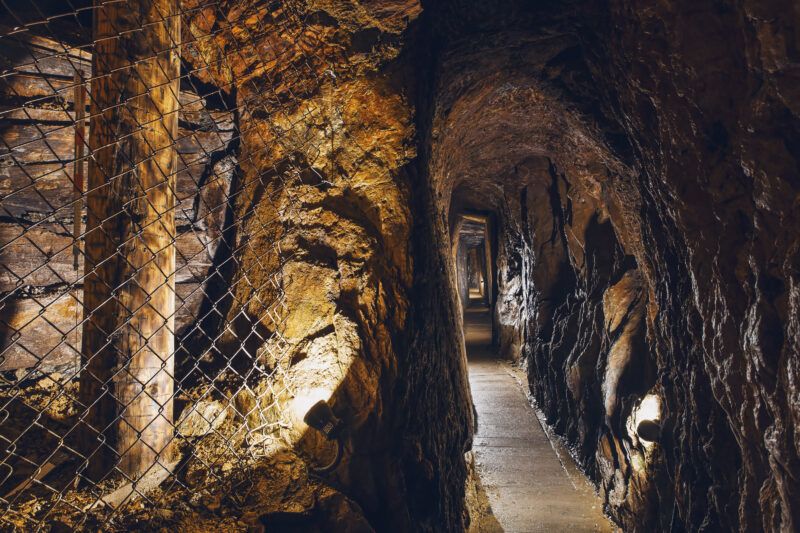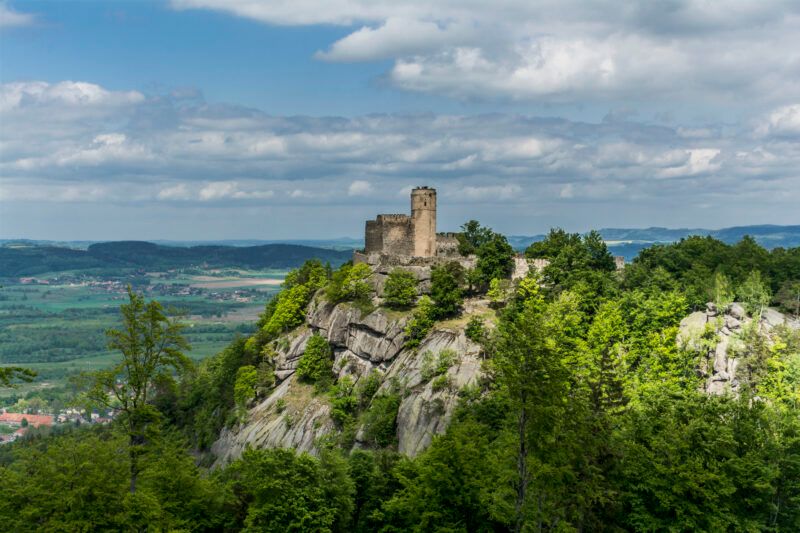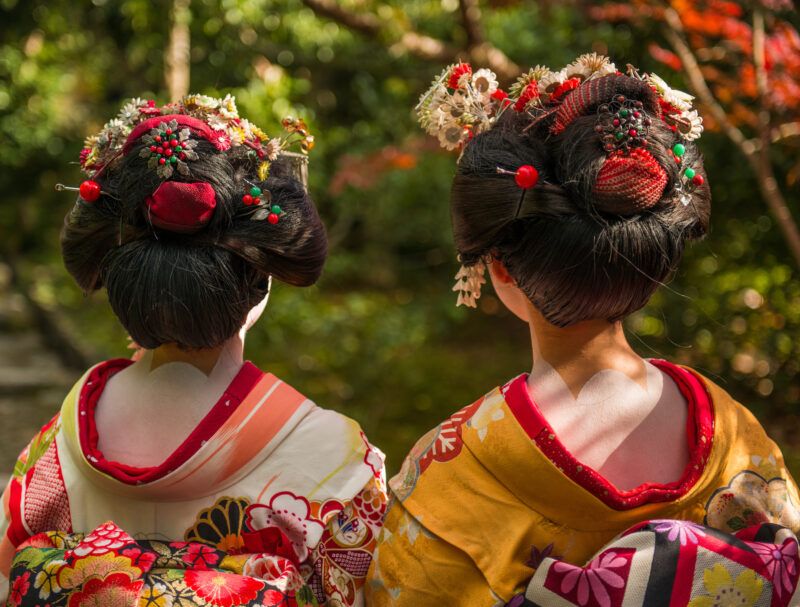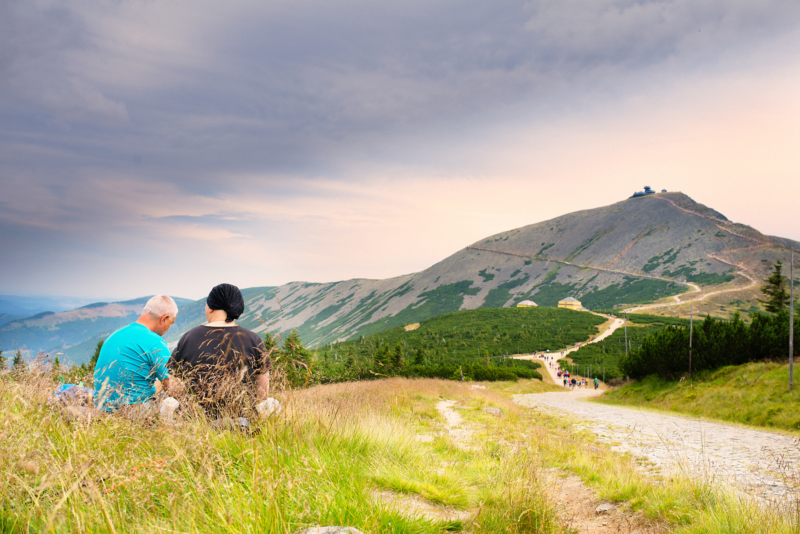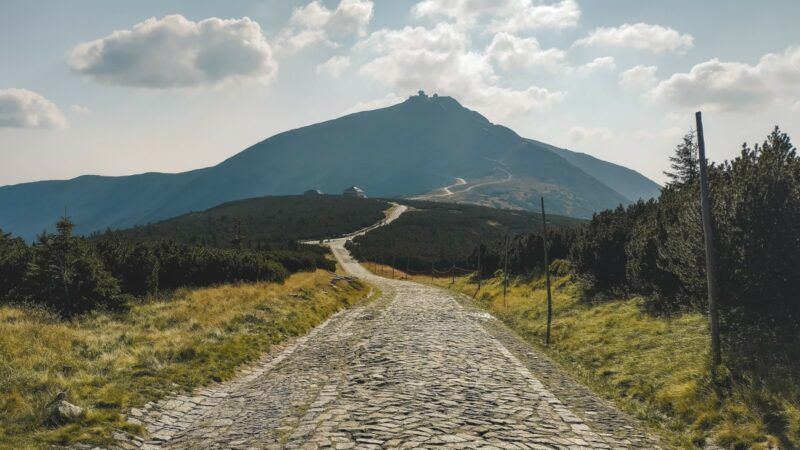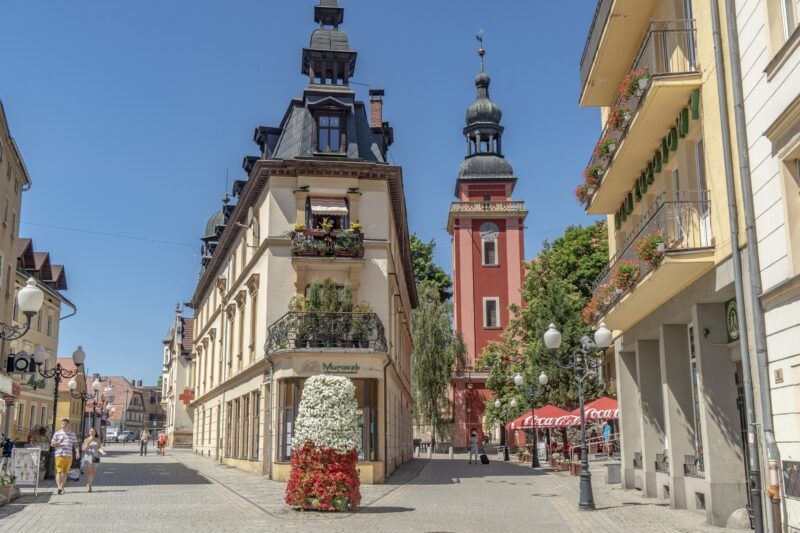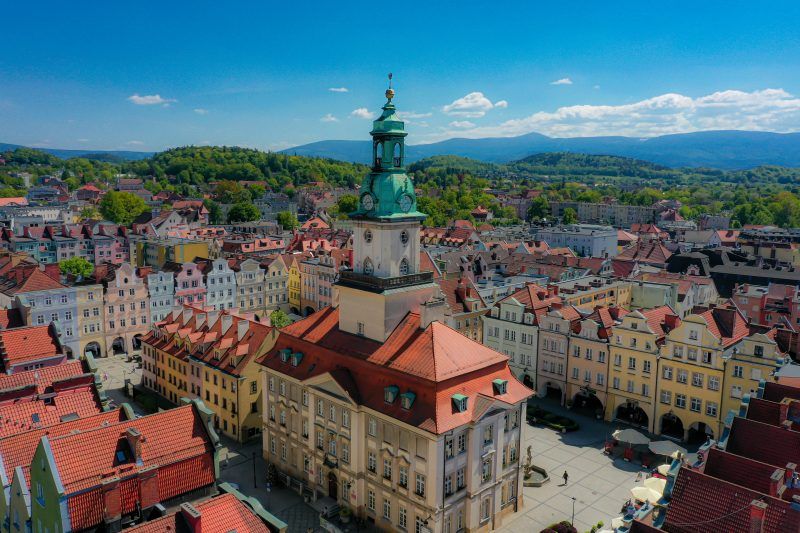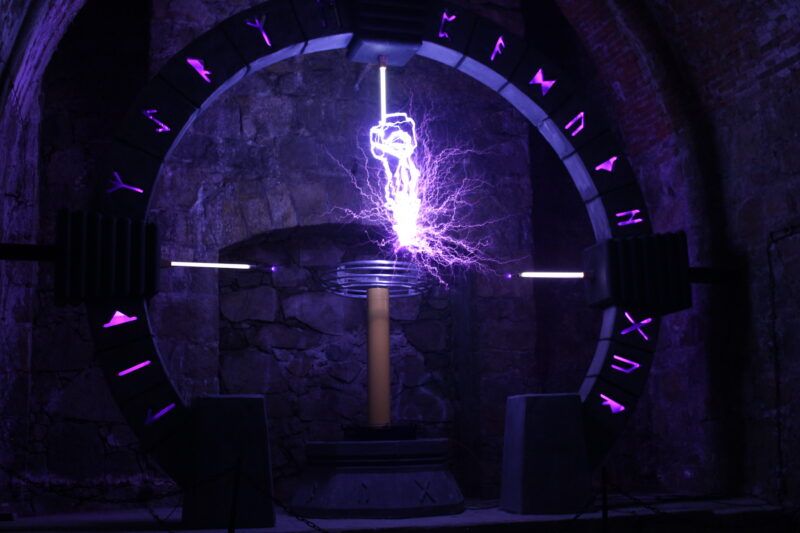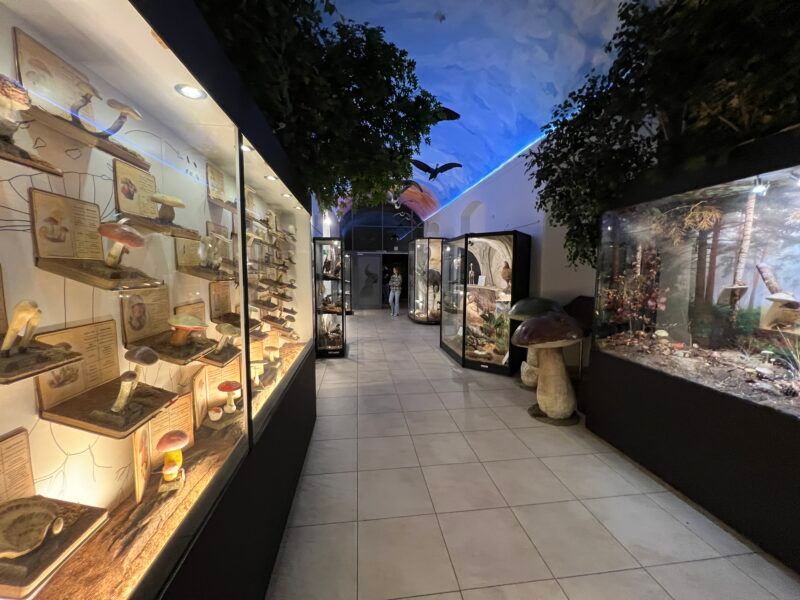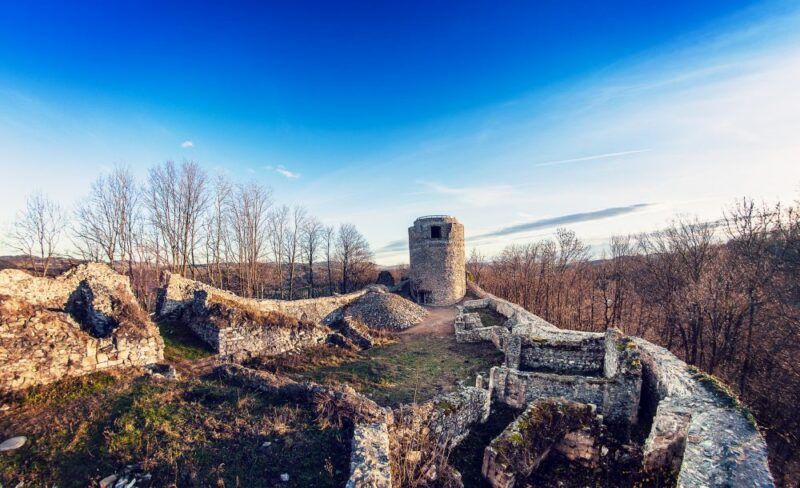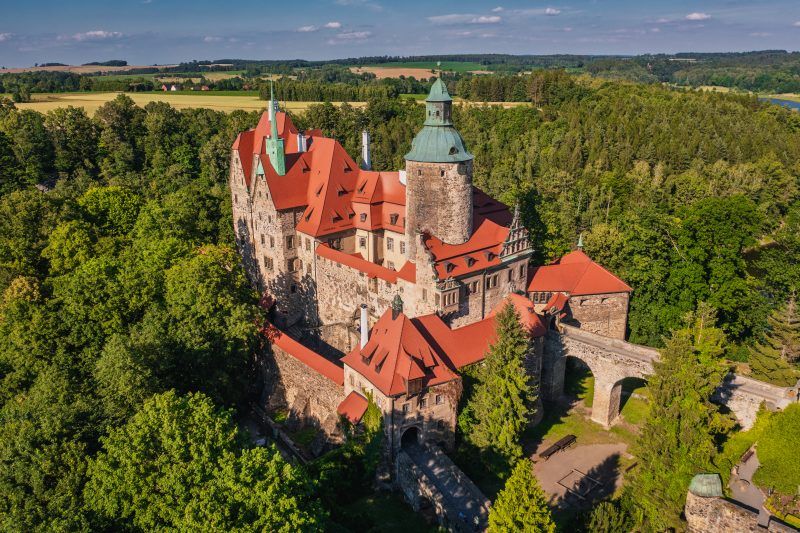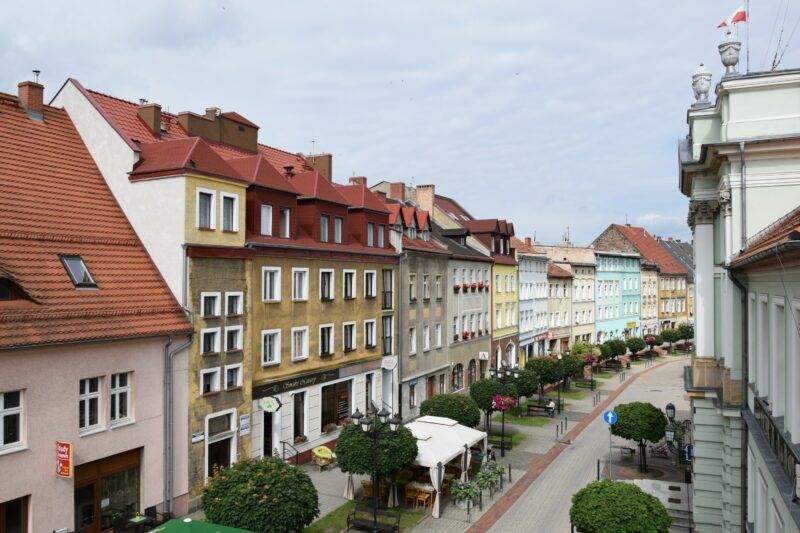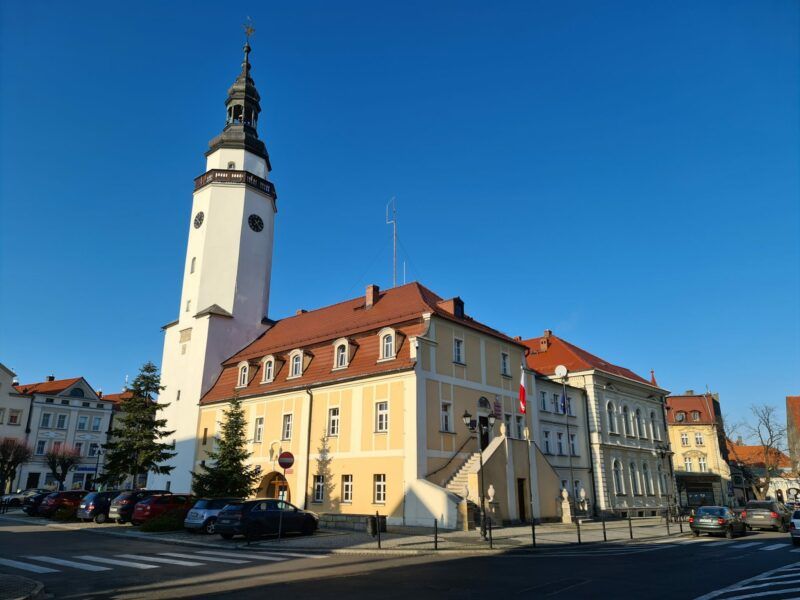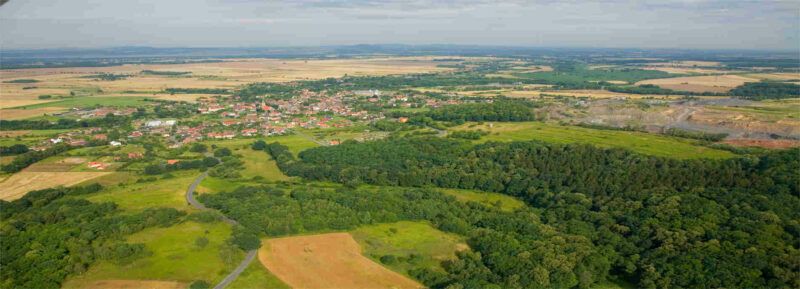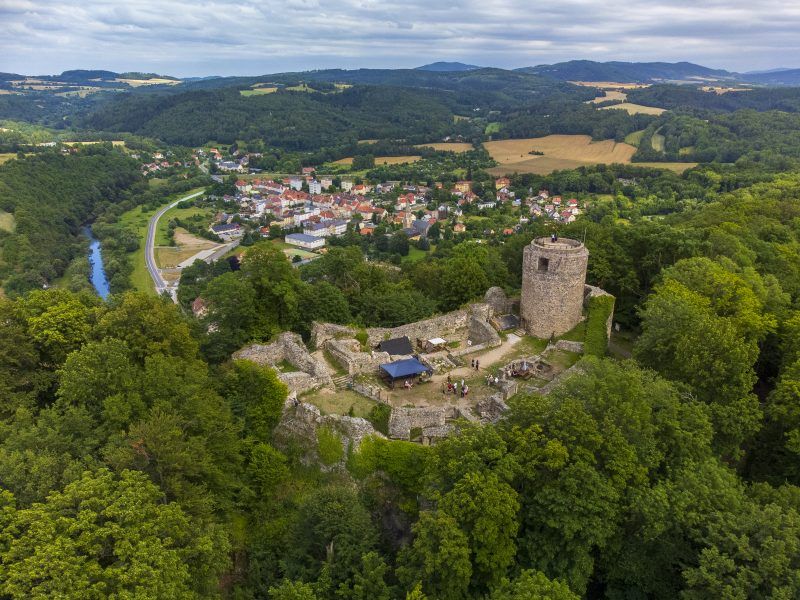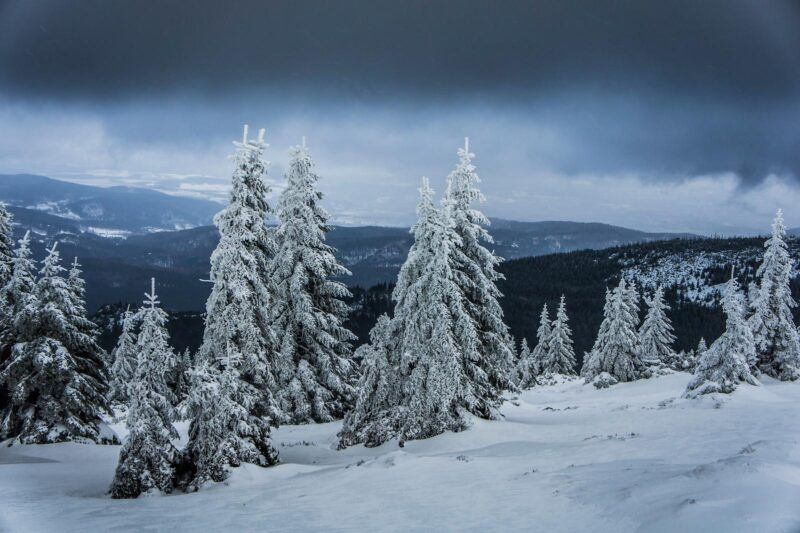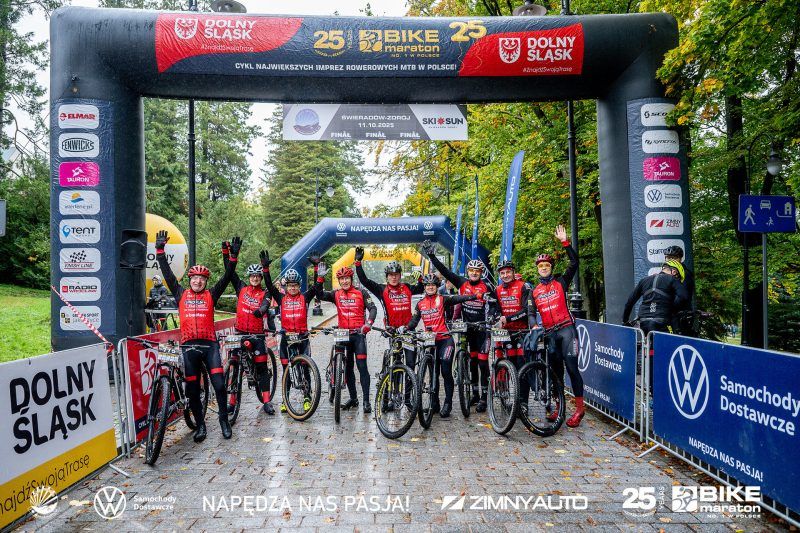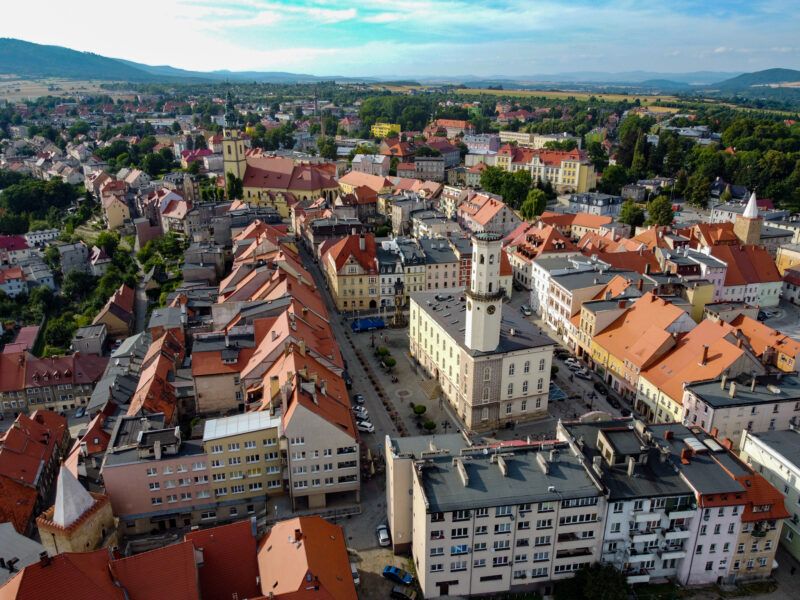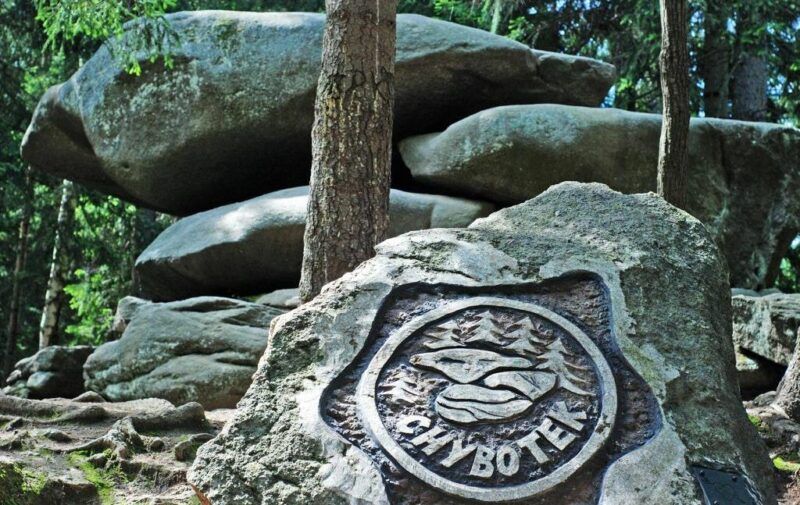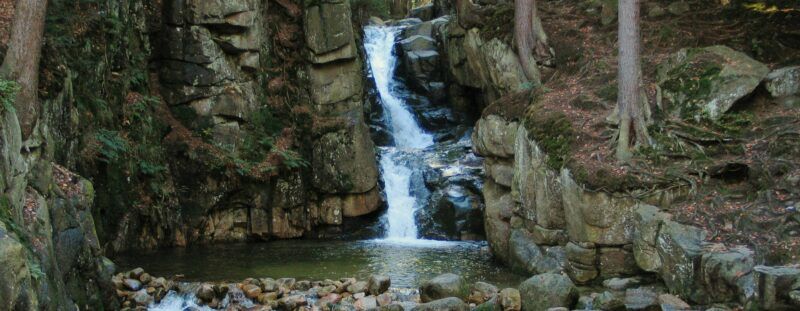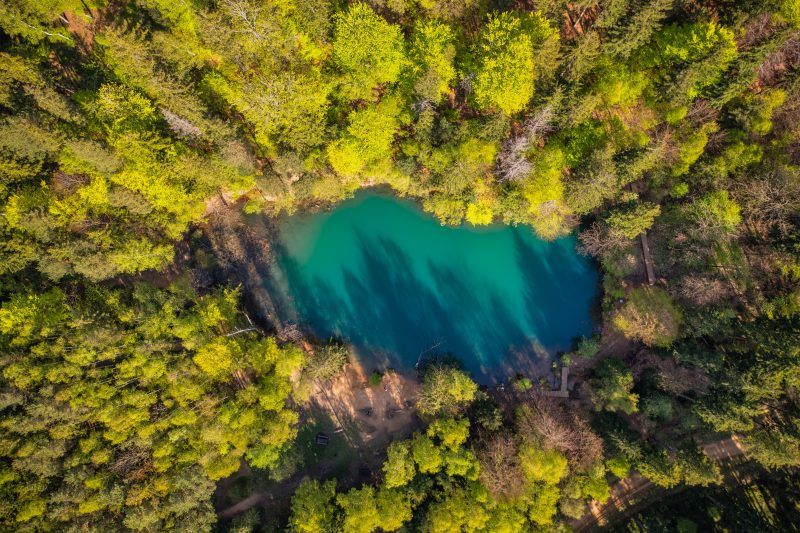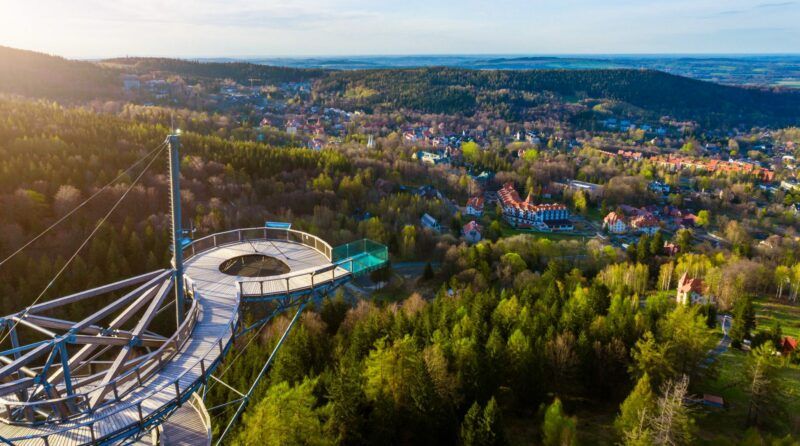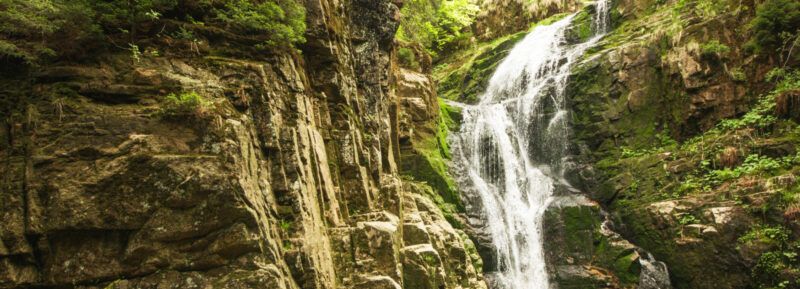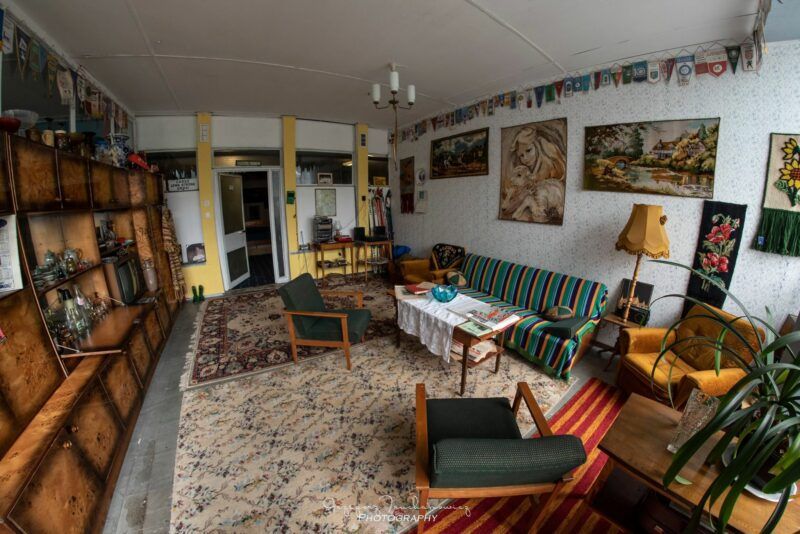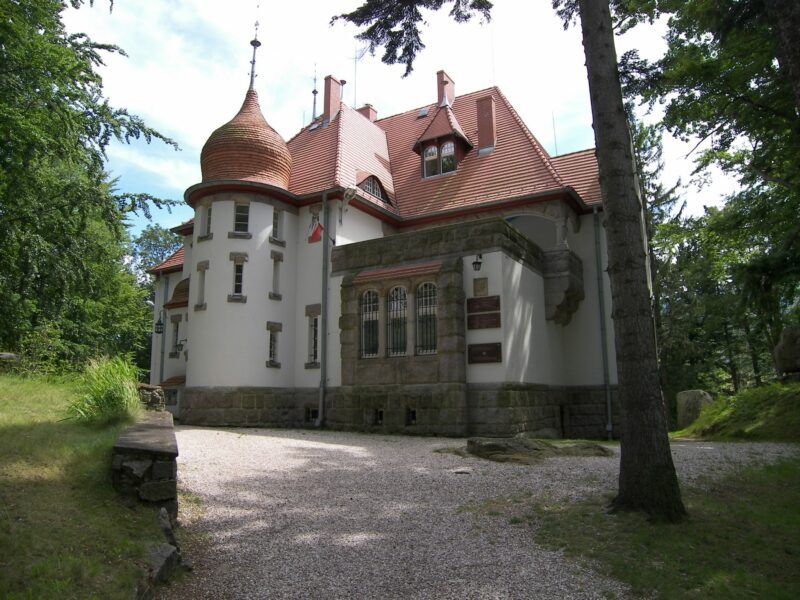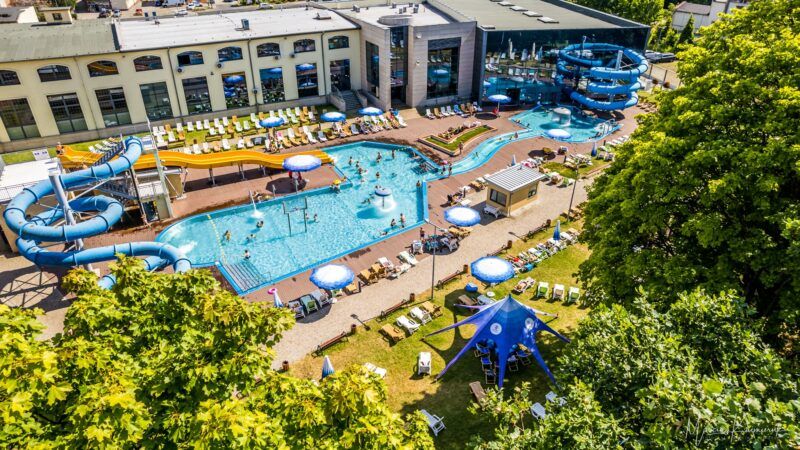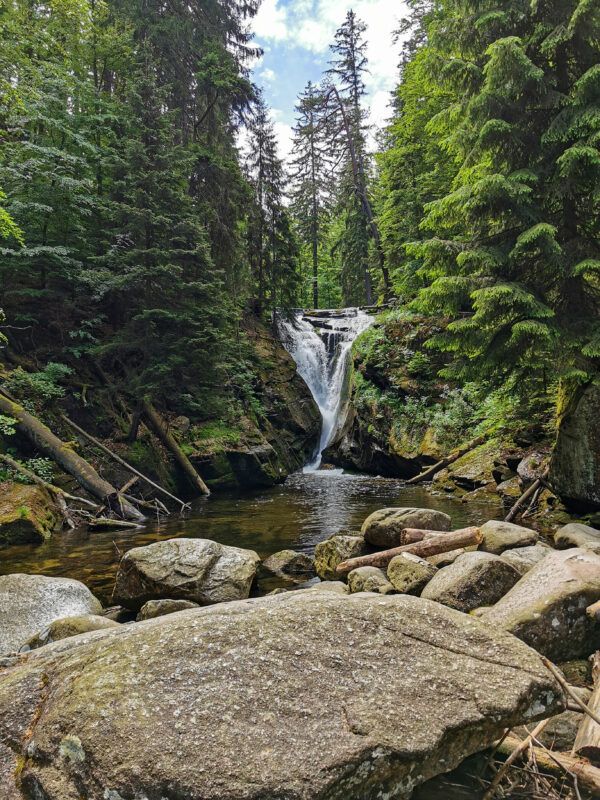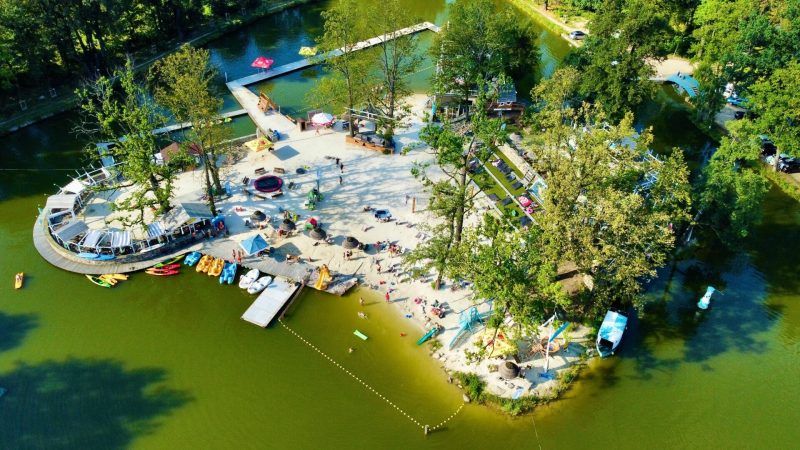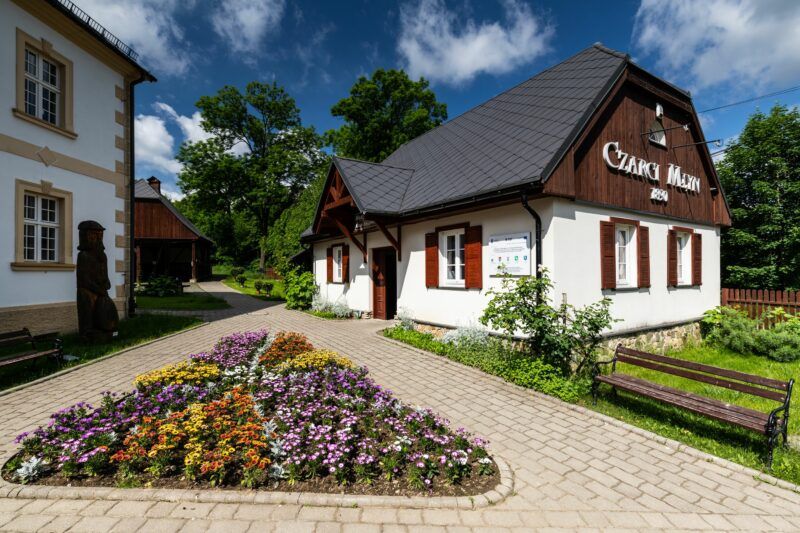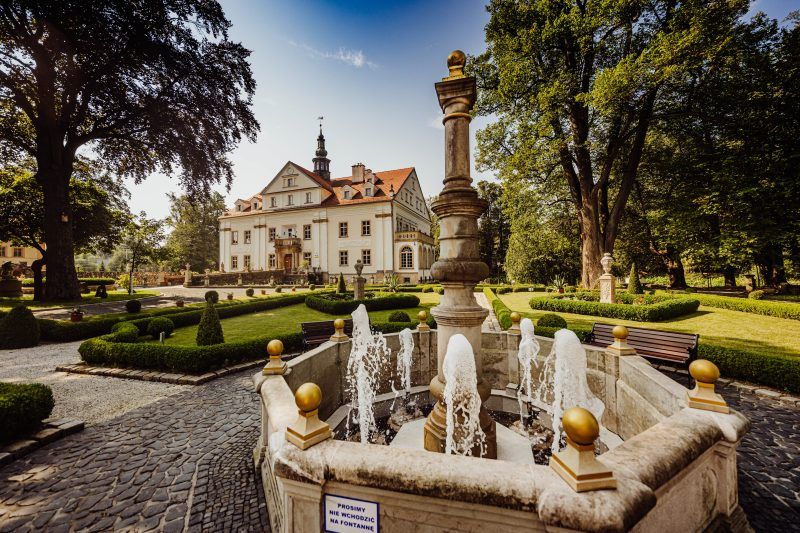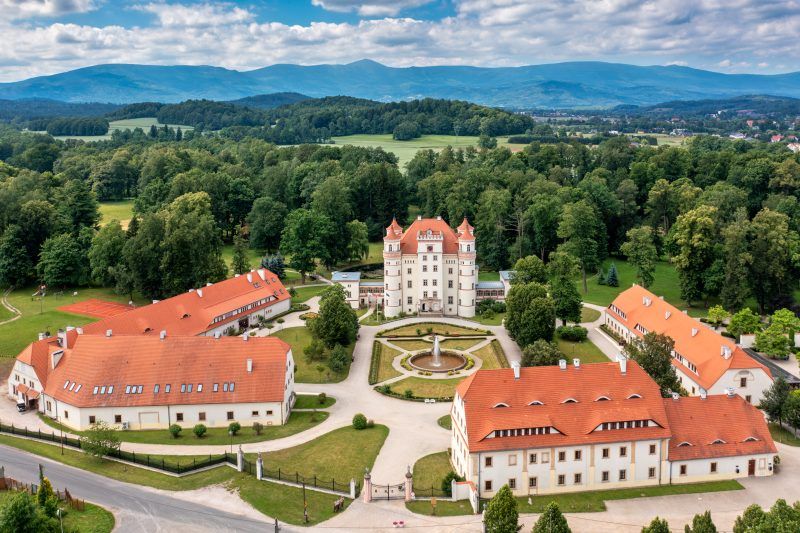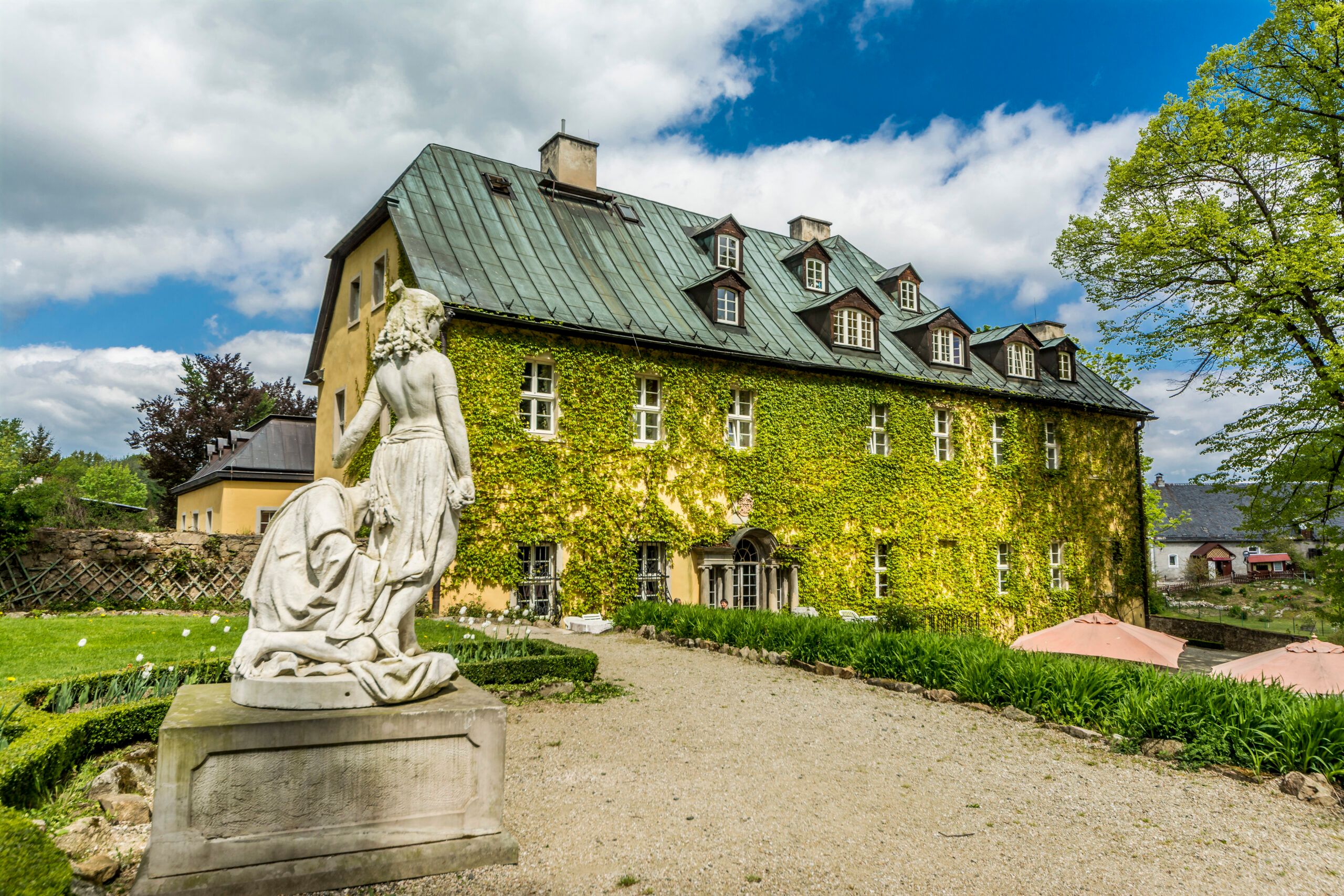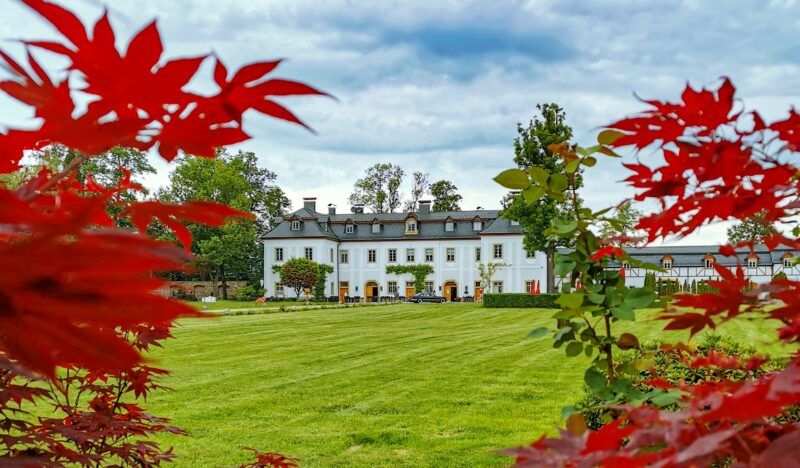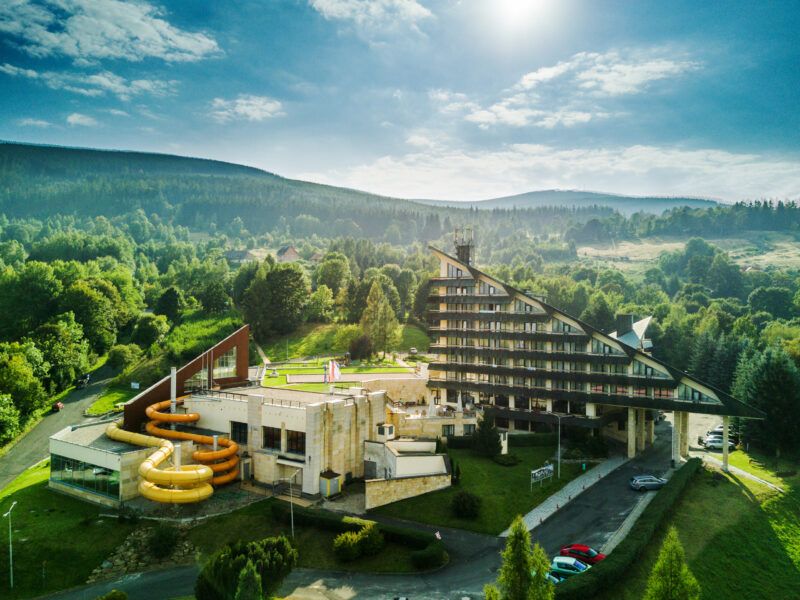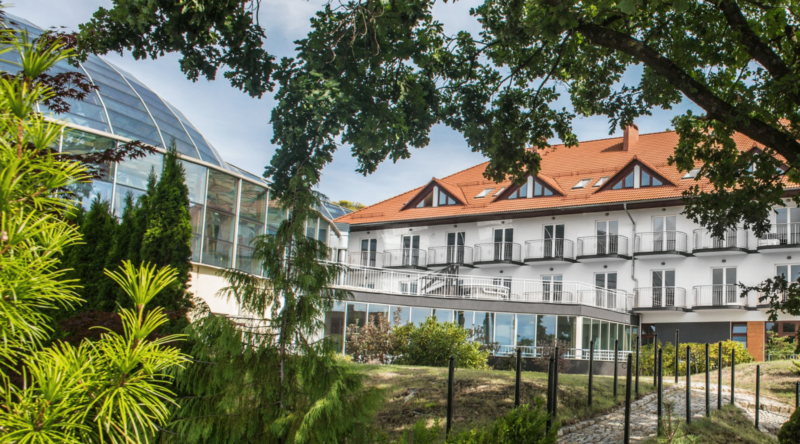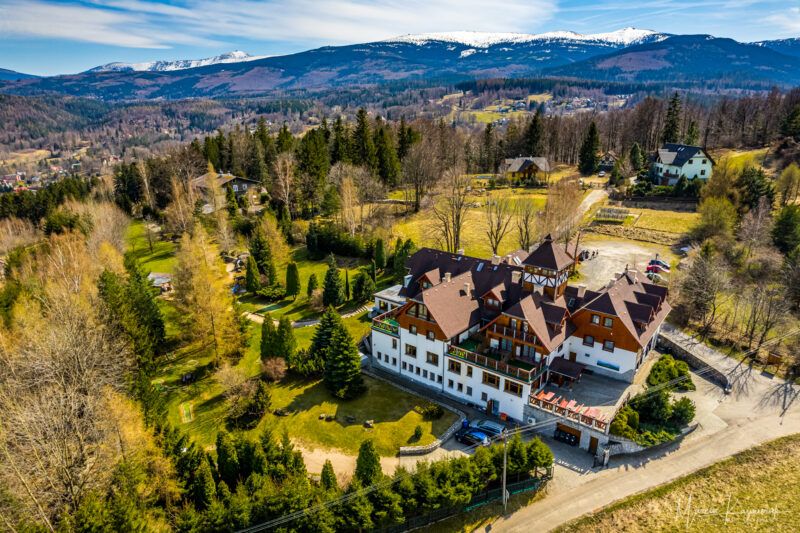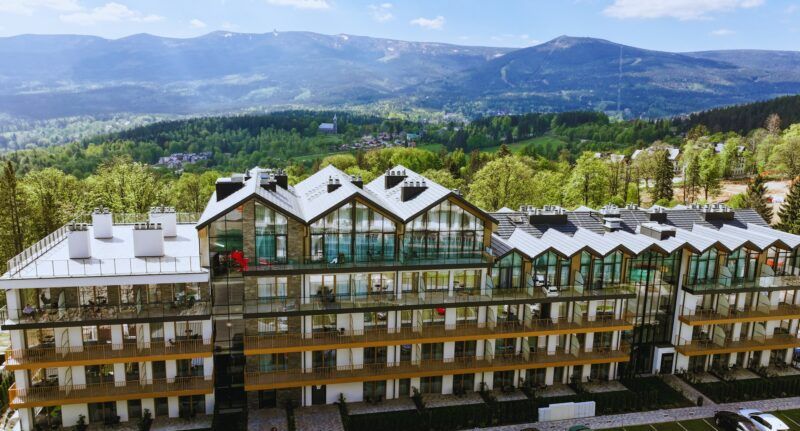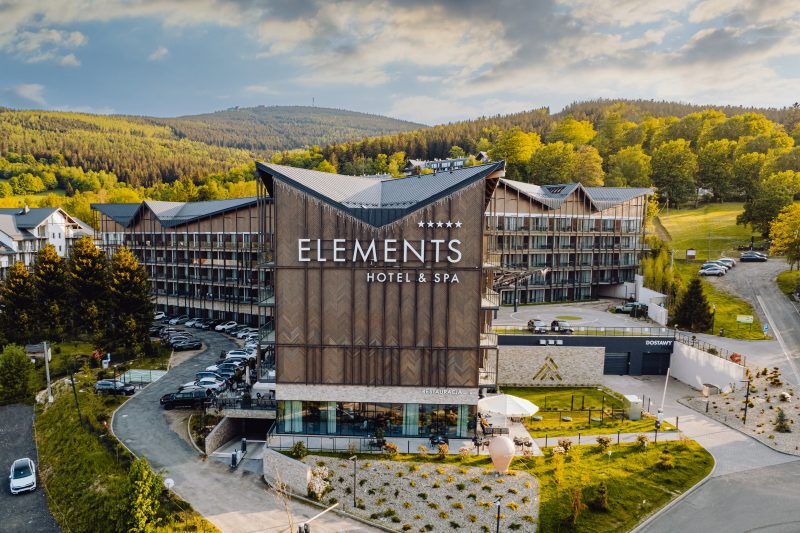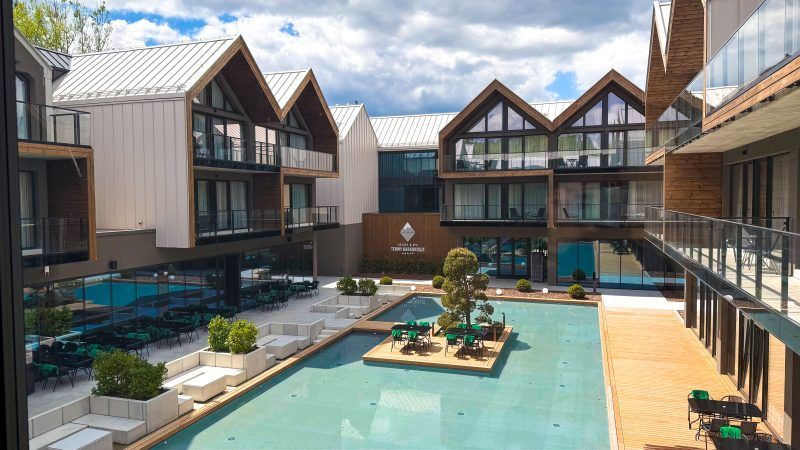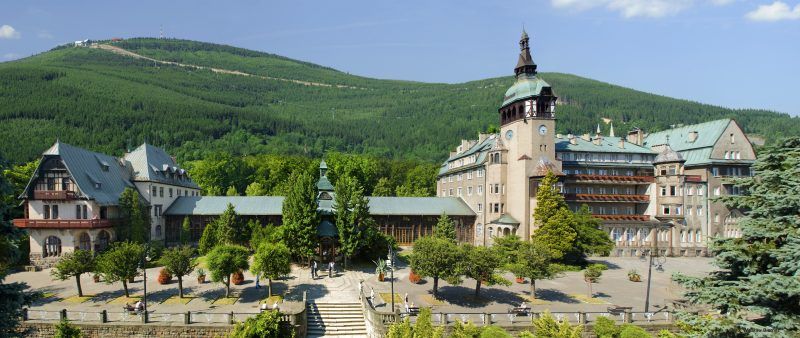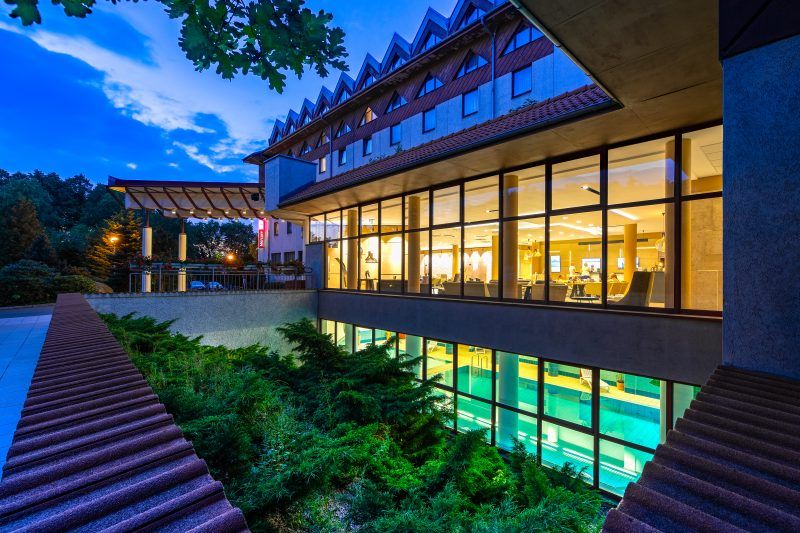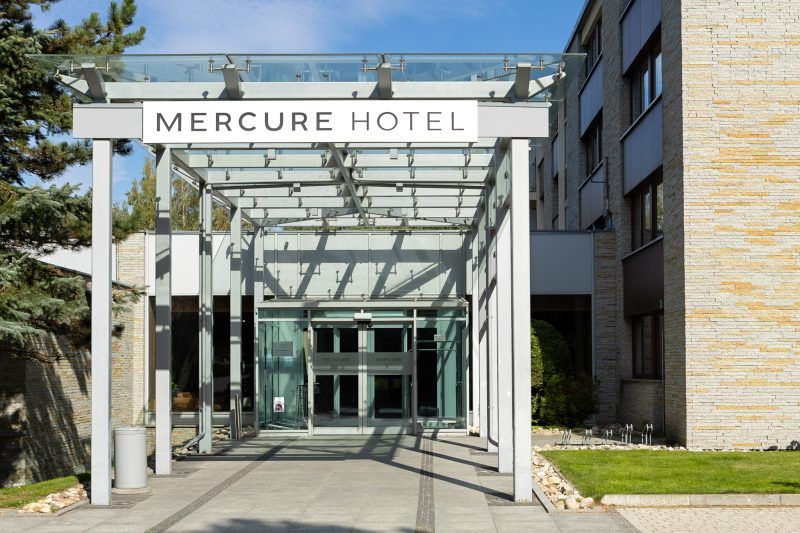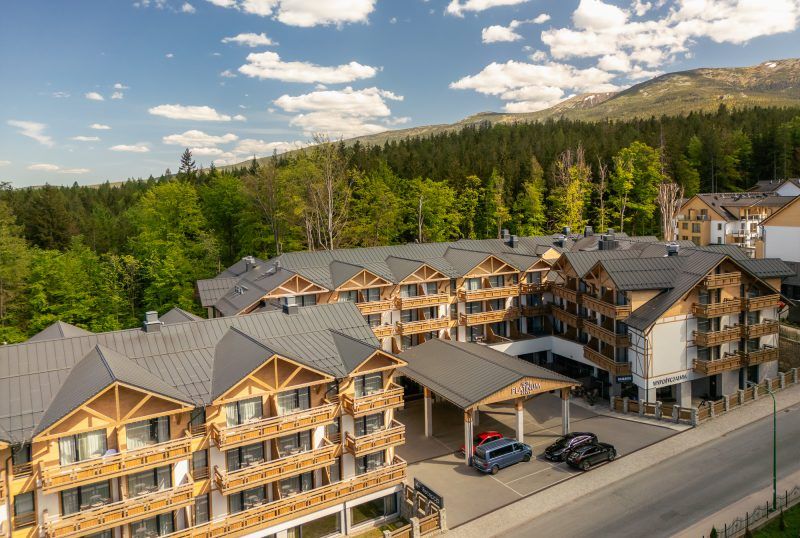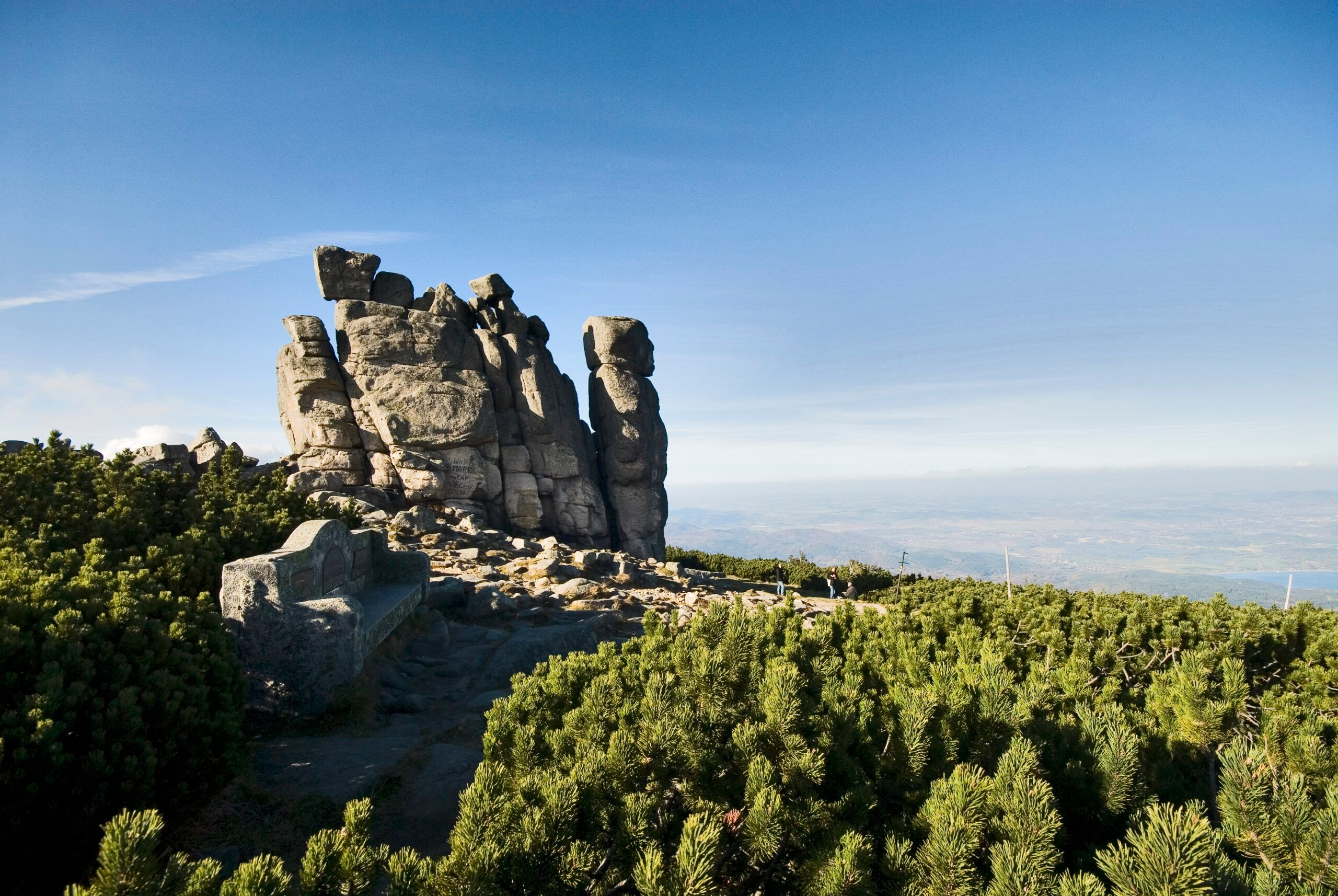
The Karkonosze, the highest range of the Sudety Mountains with Sněžka rising to 1,603 meters above sea level, have been enchanting for hundreds of years, and it is hard to believe that these mountains are so little known in Poland today.
Description
Rock formation of the Giant Mountains: stone carvings and legend
One of the most recognizable elements of the landscape of the Krkonoše Mountains are the amazing rock formations, rising as high as twenty-five meters in the midst of the forest. A total of about one hundred and fifty rock groups and individual rocks form a unique in the country complex of natural stone sculptures of various forms and heights, which, due to their fantastic shape and the legends associated with them, have taken individual names such as Pielgrzymy, Słonecznik or Końskie Łby.
Glacial basins and waterfalls of the Giant Mountains: natural mountain wonders
Glacier kettles, which are huge rocky depressions surrounded on three sides by steep slopes, are also incredibly impressive. In the Karkonosze, the most spectacular are the twin
Giant Mountains: adventure with nature and architectural monuments
However, Karkonosze is not only nature and landscapes, but also a region full of architectural monuments and picturesque towns. It is worth visiting beautiful Jelenia Góra with its spa town of Cieplice; Szklarska Poręba, chosen by Polish Radio Program III as the Winter Capital of Poland, or Karpacz, known for its Wang Temple and visited in large numbers at any time of the year. Chojnik Castle on Mount Chojnik near Jelenia Gora is also spectacular.
The Jizera Mountains: a picturesque region on the border of Poland, the Czech Republic and Germany
The Jizera Mountains, along with their foothills, constitute the westernmost part of the Polish Sudetes, through which the borders with the Czech Republic and Germany run. The highest peak of the Jizera Mountains is Wysoka Kopa (1,126 m above sea level), rising in the Grzbiet Wysoki (High Ridge). The picturesque, captivating landscape of the Jizera Mountains is dominated by wide valleys and hills with elongated, gentle slopes. The four major rivers flowing through them: the Izera, Kwisa, Kamienica, and Kamienna, in some sections have the rushing currents characteristic of mountain rivers, while in others they gently meander in a typically flat manner. The extensive peat bogs, the oldest of which are up to 10,000 years old, are overgrown with many unique plant species, protected by four nature reserves: “Torfowiska Doliny Jizery”, “Krokusy w Górzyniec”, “Grądy koło Posady” and the forest-flower reserve “Góra Zamkowa”.
An excellent destination for skiing and bicycle tourism
The Jizera Mountains are attractive to tourists all year round. In winter it is a mecca for cross-country skiers with a network of perfectly groomed trails on both sides of the border, accessible via tourist border crossings, while in summer it is a region where many two-wheeled enthusiasts can be found. Large sections of these mountains feature flattened peaks and large tracts of nearly level terrain, providing excellent opportunities for planning varied bicycle routes. Tourist traffic is concentrated in two towns: Swieradow-Zdroj and Szklarska Poreba, part of which is Jakuszyce with the famous Jakuszycka Glade.
Gallery
Discover the area
It is also a region extremely rich in historical monuments. It's worth seeing the typical Lusatian housing, wonderful examples of which have been preserved in the vicinity of Zgorzelec and Bogatynia. Among others, in the market square in Sulików you will find two charming wooden houses with arcades, which are a fragment of the former development of the entire square. Worth a visit are the former residences of knights and nobility, castles and their ruins. For example, Gryf, Wleń, Siedlcin, Radomierzyce, Plakowice, Maciejowiec, or a beautiful example of Italian Renaissance - the palace in Nawojow Luzycki. The mighty Czocha Castle, which has been the backdrop for numerous films, from war comedies to the screen adaptation of "The Memoirs of Fanny Hill," rises proudly with its monumental tower over Lake Leśniańskie. There are also many towns worth visiting, enough to mention the sights of Lviv Slaski, Nowogrodźc, Lubań, Zgorzelec or Lubomierz, also known for the Kargul and Pawlak Museum and the Comedy Film Festival.


